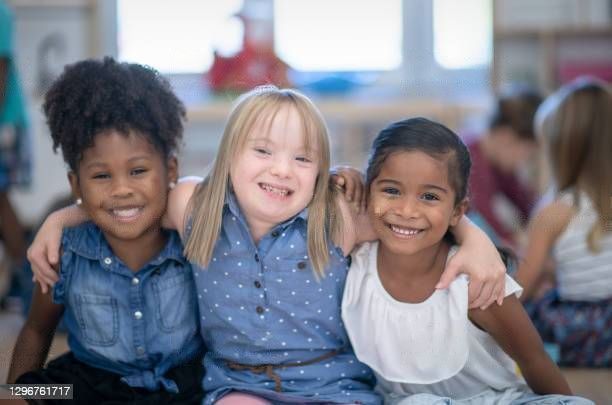
Welcome to our blog
We provide you with the right information for children living with disabilities, to help manage and create an inclusive learning and growth environment for them.
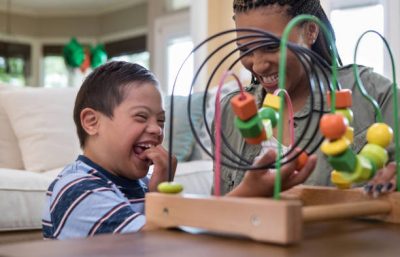
Autism Spectrum Disorder
It is estimated that worldwide about one in 100 children has autism. according to World Health Organization. This estimate represents an average figure, and reported prevalence varies substantially across studies. Some well-controlled studies have, however, reported figures that are substantially higher. The prevalence of autism in many low- and middle-income countries is unknown.
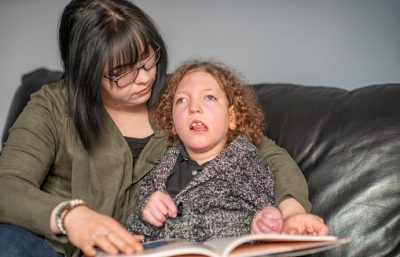
Cerebral Palsy
Around 764,000 people in the U.S. (including children and adults) have at least one symptom of cerebral palsy. Around 10,000 babies are born each year with cerebral palsy. Between 1,200 t0 1,500 school-aged children are diagnosed with cerebral palsy each year. Around 41% of babies and children with cerebral palsy will have limited crawling, walking, and running abilities.

Down Syndrome
The American Academy of Pediatrics (AAP), in a clinical report, stated that children with Down syndrome may have many co-occurring medical conditions and cognitive impairment. While the level of social-emotional functioning may vary, these skills may be improved with early intervention and therapy through early adulthood.
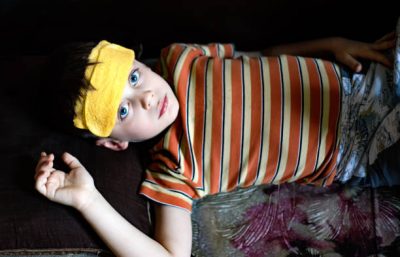
Epilepsy
World Health Organization reports that, around 50 million people worldwide have epilepsy, making it one of the most common neurological diseases globally. Nearly 80% of people with epilepsy live in low- and middle-income countries. It is estimated that up to 70% of people living with epilepsy could live seizure- free if properly diagnosed and treated. The risk of premature death in people with epilepsy is up to three times higher than for the general population.
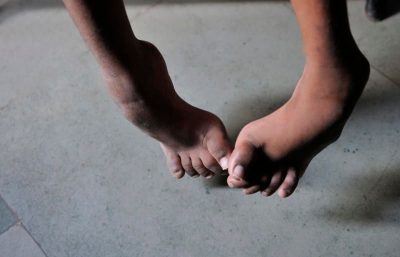
Spina bifida
Spina bifida is a type of neural tube defect (NTD) that affects the spine. Each year, about 1,427 babies are born with spina bifida, or 1 in every 2,758 births. In 1992, the United States Public Health Service recommended that all women of childbearing age consume 400 micrograms (mcg) of folic acid daily to reduce the risk of having a pregnancy affected by birth defects known as neural tube defects (NTDs), which include spina bifida.

Dyslexia
Children who have difficulty sounding out words, struggle to learn letter names and sounds, or become easily frustrated by reading activities may be having more problems than most students when learning to read. Those can be signs of dyslexia. (US News). “In South Africa, one in ten people are dyslexic. This means that approximately 5-million South Africans are struggling with literacy problems in school or at the workplace. Source: Mail&Guardian

Dyscalculia
Dyscalculia is a math learning disorder that makes mathematical reasoning and computation difficult, in spite of adequate education, average or greater intelligence, and proper motivation. Dyscalculia is under studied and under resourced in comparison with dyslexia. However, it is estimated that dyscalculia is likely to occur in 3% – 6% of the population, and, unlike some other specific learning difficulties, is as likely to affect females as males. Source: TDA.

Intellectual Disability
Intellectual disability—formerly known as mental retardation—can be caused by injury, disease, or a problem in the brain. For many children, the cause of their intellectual disability is unknown. Some causes of intellectual disability—such as Down syndrome, Fetal Alcohol Syndrome, Fragile X syndrome, birth defects, and infections—can happen before birth. Some happen while a baby is being born or soon after birth. Data Source: Special Olympics.

Depression
According to WHO report facts, Depression is a common mental disorder. Globally, it is estimated that 5.0% of adults suffer from depression. Depression is a leading cause of disability worldwide and is a major contributor to the overall global burden of disease. More women are affected by depression than men. Depression can lead to suicide. There is effective treatment for mild, moderate, and severe depression.
